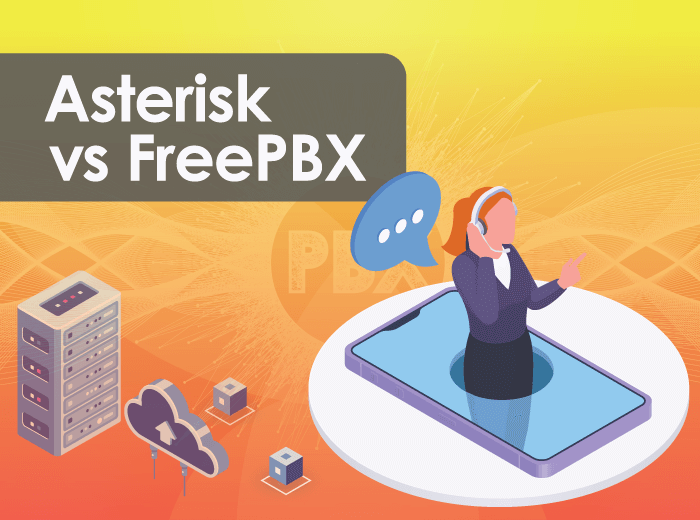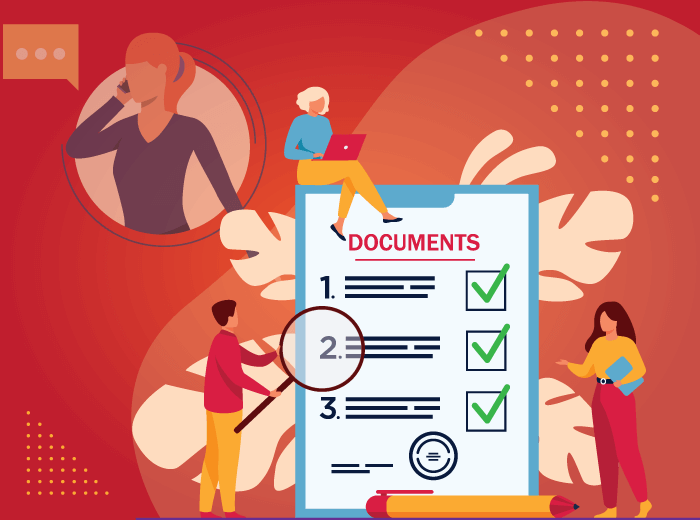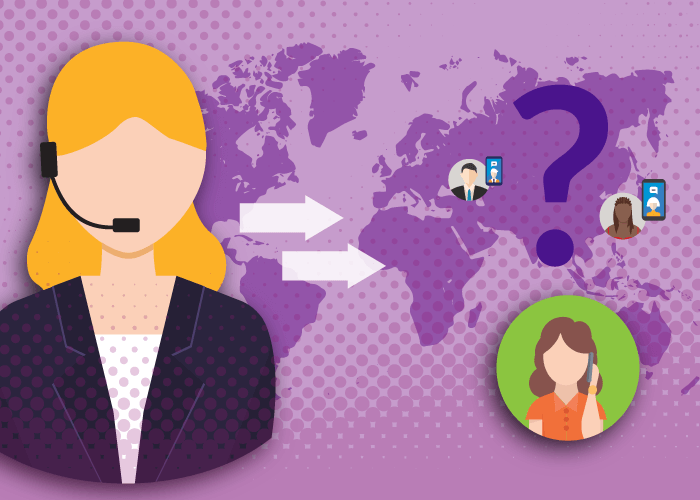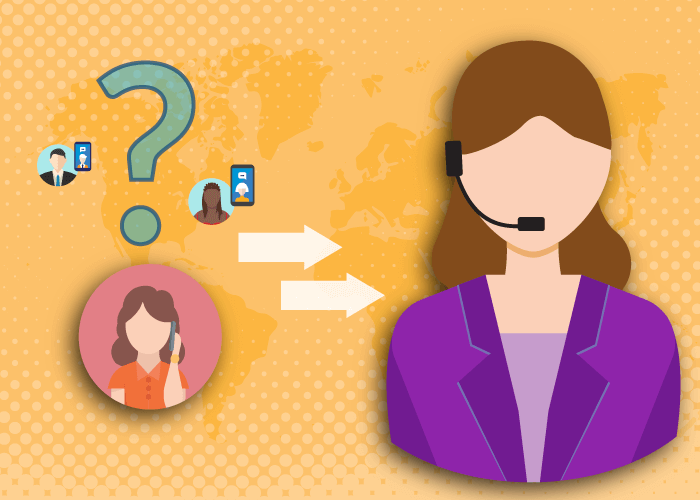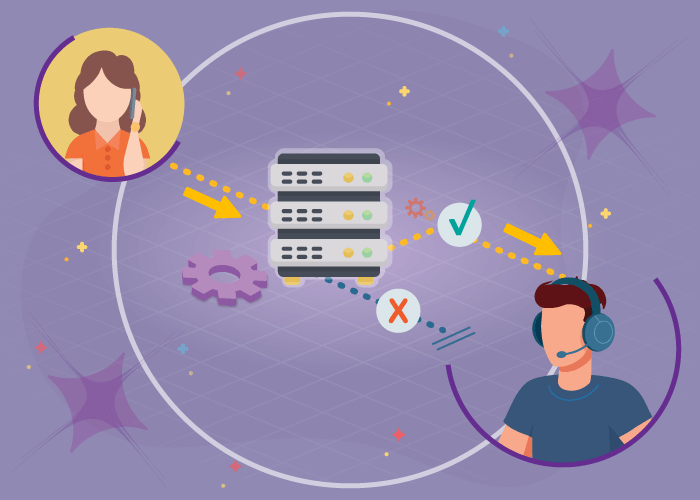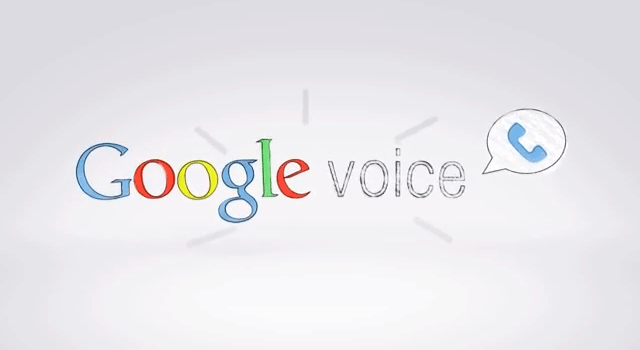Hackers are smarter and more capable than ever before, leaving virtual phone lines, computers, and smart home technology susceptible to hacking. Just as software and internet programs are created to help better society and assist us in carrying out daily tasks, there are also people using technology to invade the privacy of others, manipulate information, and steal sensitive data.
Imagine how a system could be developed with no coding errors or weaknesses in the system. This would change the future of wireless communication as we know it. Hackers and malware would be detected so easily that secure networks would be virtually unhackable. This high level of security would change the way telecom functions and protects its users. Enter the technology of quantum communication.
As quantum communication continues to be studied and understood, countries that are at the forefront of technology and thought leadership are looking to implement quantum technology into the operation of various business sectors.
In order to understand the important relationship between quantum communication and telecom, we must understand how each system functions.
What is Quantum Communication?
Quantum communication uses Quantum Key Distribution (QKD) to operate. This distribution enhances security because its innovative system instantly alerts someone when they are being listened to or observed. QKD uses cryptographic keys that are heavily encrypted and difficult to decipher. Entangled photons are the basis of quantum communication and they aren’t bound by geographical limits. As photons move under unexpected observation when a hacker successfully enters a quantum system, it will immediately break the entanglement of photons and create obvious changes.
This is a game changer for national security and information protection because most security systems attempt to block hackers before they can enter a network, or they can try to clean up malware after an attack happens. Quantum communication would be the first technology to instantly detect and alert users of security threats. This instant alert happens because it changes the information once it is accessed by an outside party.
What is Telecom?
Telecom is the most common way we transfer information in the modern world. It encompasses diverse types of technology that allow us to talk to one another, listen to the radio, and use the internet to connect over short and long distances.
Any time you use a cell phone or landline telephone, you’re using telecommunication. If you use a virtual phone system for business purposes, remote work, or to stay in touch with friends and family from a distance, telecom services are connecting you and the other party.
The telecommunications industry provides service to millions of individuals and companies on a daily basis. Because so many individuals rely on these services to gain access to people in various regions of the world, telecom service providers must always be considerate of personal security for their customers. The majority of business professionals and individuals discuss private matters, contract, and payment information. Therefore, a conversation that is held over a phone or powered by an internet connection should be protected by the latest technology that prevents others from secretly listening in.
While efforts to increase security are ongoing, cyber hacking remains a major threat for telecom professionals. Even with updated security measures in place, internet-savvy criminals are finding ways to break through protected systems. As more businesses transition to cloud communications, they must also be defensive by staying up-to-date on the latest hacking techniques that allow security invasions in all networks.
The Effects of Cyber Attacks on Businesses and Consumers
When businesses are hacked, it can be detrimental to the success of the organization. The cost of damage repair following a data breach is usually estimated be over a million dollars. Fixing the breach and implementing more security measures will require the use of company funds and may result in a loss of company time because employees might be unable to work until systems are secure. If you are an IT company, valuable work hours may have to be exhausted in an attempt to correct system errors, which would delay the time needed to meet other company goals.
The reputation of the company is also in jeopardy after a hacking incident. Many potential customers refuse to do business with an organization after it is successfully attacked. Current customers will take their business elsewhere out of fear that you will be hacked again in the future.
If you work with sponsors or investors, or you’re looking to partner with other businesses, the respective parties might back out of the agreement to protect their reputation and prevent the possible loss of funds from affiliating with your company. All of these scenarios will result in significant losses of money and trust that many small businesses cannot recover from in the future.
Businesses suffer from hacking, but the effects on individuals do not go unnoticed as many customers are affected for years following a cyber attack. When hackers gain access to private information, people often fall victim to identity theft. Identity theft isn’t just emotionally upsetting, it negatively affects credit scores and personal bank accounts. Some consumers may not realize when their private information has been compromised. By the time they discover that their identity has been stolen, cybercriminals have already shared their payment information and made purchases. At this point, victims must prove that someone else used their information illegally and wait until companies and credit organizations assess and rectify the damages.
What may be worse than the sharing of account information is the distribution of personal images and conversations that are meant to remain private. When this happens, it can destroy a person’s reputation at school, home, and work, and the stolen information becomes a lingering source of shame and embarrassment.
Quantum Technology Will Provide Advanced Security
Quantum communications can be the answer to the rising security risks involved when using telecommunications because the network encryption will be almost impossible to decipher. If a cyber breach does occur, the hackers will be stopped in their track to prevent damages. Using the quantum approach, telecom providers will be able to secure the privacy and protection of their customers and protect their business from revenue losses and a damaged brand. As consumers, we will be able to feel secure when speaking with business associates or discussing private matters.
